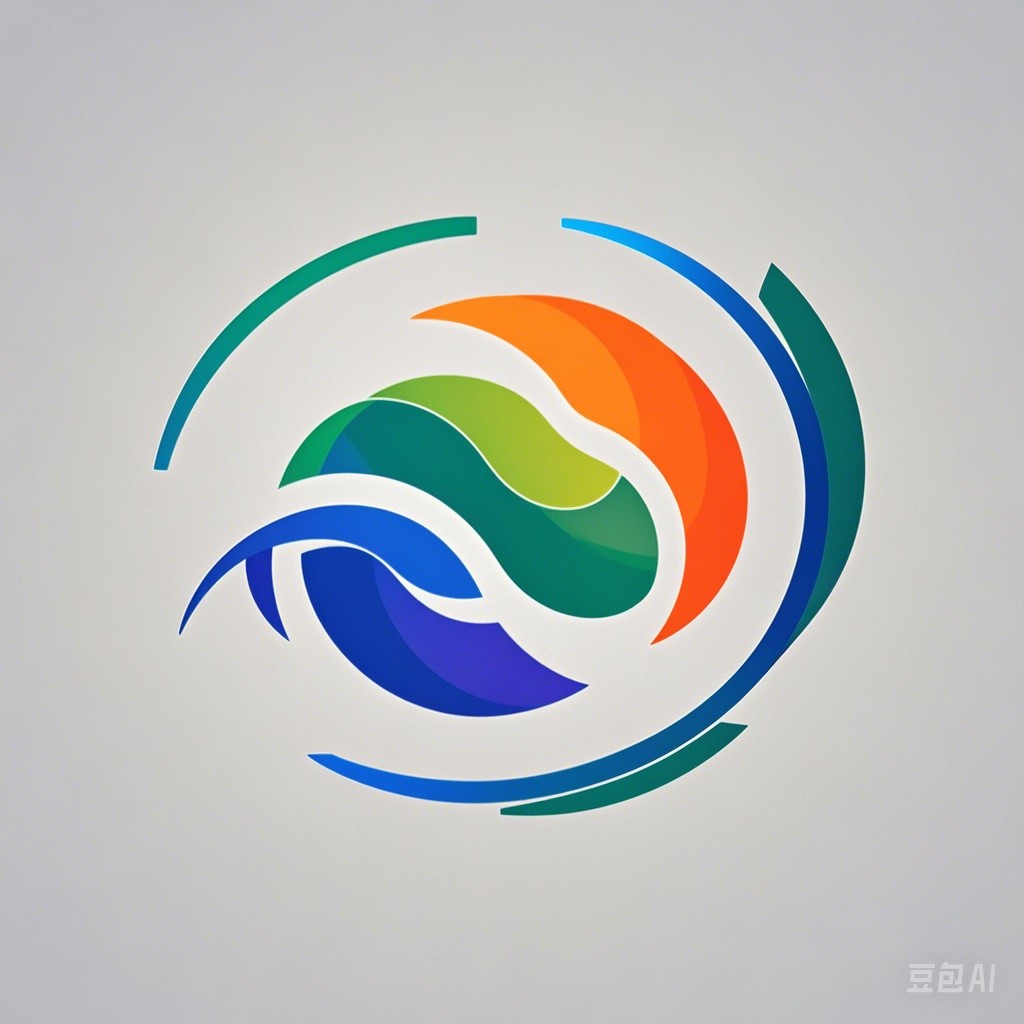Yoga, an ancient practice with roots in India, has gained immense popularity worldwide for its physical, mental, and spiritual benefits. For beginners, embarking on the journey of yoga can be both exhilarating and challenging. This article aims to provide a comprehensive guide to help beginners unlock their flexibility and embrace the joys of yoga.
Understanding Yoga
Origin and Philosophy
Yoga originated around 5,000 years ago in ancient India. It is derived from the Sanskrit word “yuj,” which means to join or unite. The primary goal of yoga is to achieve a state of physical, mental, and spiritual harmony.
Types of Yoga
Yoga comes in various forms, each focusing on different aspects of well-being. Common types include:
- Hatha Yoga: Emphasizes physical postures (asanas) and breathing exercises (pranayama).
- Vinyasa Yoga: Combines flowing movements with breathing techniques.
- Ashtanga Yoga: A more intense practice that follows a specific sequence of postures.
- Iyengar Yoga: Focuses on precise alignment and the use of props for support.
Preparing for Your Yoga Journey
Equipment
To begin your yoga journey, gather the following equipment:
- Yoga mat: Provides grip and cushioning.
- Comfortable clothing: Breathable fabrics that allow for free movement.
- Yoga block or brick: Useful for props and modifications.
- Yoga strap: Helps in achieving deeper stretches.
Finding a Class or Teacher
Whether you prefer group classes or private sessions, finding a qualified instructor is crucial. Consider the following when selecting a class or teacher:
- Experience and qualifications: Ensure the instructor is certified and experienced in teaching beginners.
- Class size: Smaller classes may offer more personalized attention.
- Class format: Choose a class that matches your current fitness level and goals.
Basic Yoga Postures for Beginners
Mountain Pose (Tadasana)
Mountain Pose is the foundation for many other yoga postures. It strengthens the legs and improves posture.
**Steps:**
1. Stand with your feet hip-width apart, arms by your sides.
2. Engage your legs, drawing energy up through your feet and into your bones.
3. Draw your shoulders down and back, keeping your chest open.
4. Breathe deeply, maintaining a straight spine.
Forward Fold (Uttanasana)
Forward Fold is a great way to release tension in the hamstrings and shoulders.
**Steps:**
1. From Mountain Pose, exhale and hinge at your hips to fold forward.
2. Keep your knees slightly bent and let your head hang heavy.
3. Inhale to release deeper into the fold, keeping your back straight.
4. Hold the posture for a few breaths, then slowly return to standing.
Child’s Pose (Balasana)
Child’s Pose is a resting pose that helps to relieve stress and calm the mind.
**Steps:**
1. Sit back on your heels, then fold forward.
2. Extend your arms in front of you, with your palms facing down.
3. Rest your forehead on the mat and allow your whole body to relax.
4. Breathe deeply and hold the pose for several breaths.
Building Flexibility
Importance of Flexibility
Flexibility is key to a successful yoga practice. It allows for a greater range of motion, reducing the risk of injury and enhancing the benefits of each pose.
Stretching Techniques
To build flexibility, incorporate the following stretching techniques into your practice:
- Static Stretching: Hold a stretch for 15-30 seconds to improve flexibility.
- Dynamic Stretching: Move through a full range of motion to warm up muscles and increase flexibility.
- Prop-based Stretching: Use blocks, straps, or other props to modify poses and target specific areas.
Progression
As you progress in your yoga practice, gradually increase the duration and intensity of your stretches. Remember to listen to your body and avoid overstretching.
Overcoming Challenges
Common Challenges for Beginners
Newcomers to yoga often face challenges such as:
- Lack of flexibility: Start with beginner-friendly poses and gradually increase the intensity.
- Body awareness: Work on improving your body awareness through mindful practice.
- Mindfulness: Yoga is as much about the mind as it is about the body. Focus on your breath and stay present during each pose.
Tips for Success
To overcome these challenges, consider the following tips:
- Start with a beginner’s class or private session.
- Be patient with yourself and embrace the learning process.
- Stay consistent with your practice.
Conclusion
Embarking on the joyful journey of yoga can lead to significant improvements in your physical, mental, and emotional well-being. By understanding the basics, preparing properly, and building flexibility, you can unlock your full potential in the practice. Remember to listen to your body, stay patient, and enjoy the process. Happy yoga!
